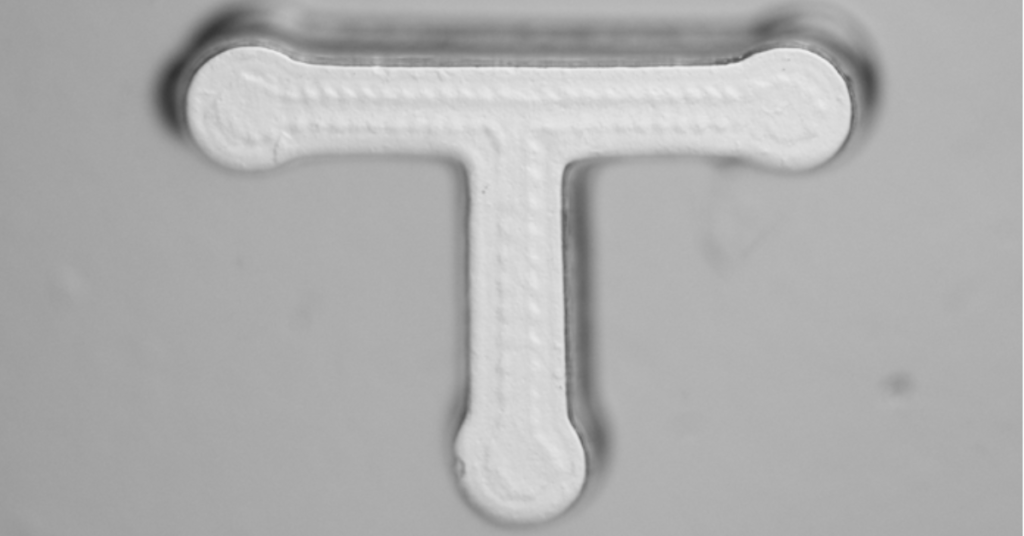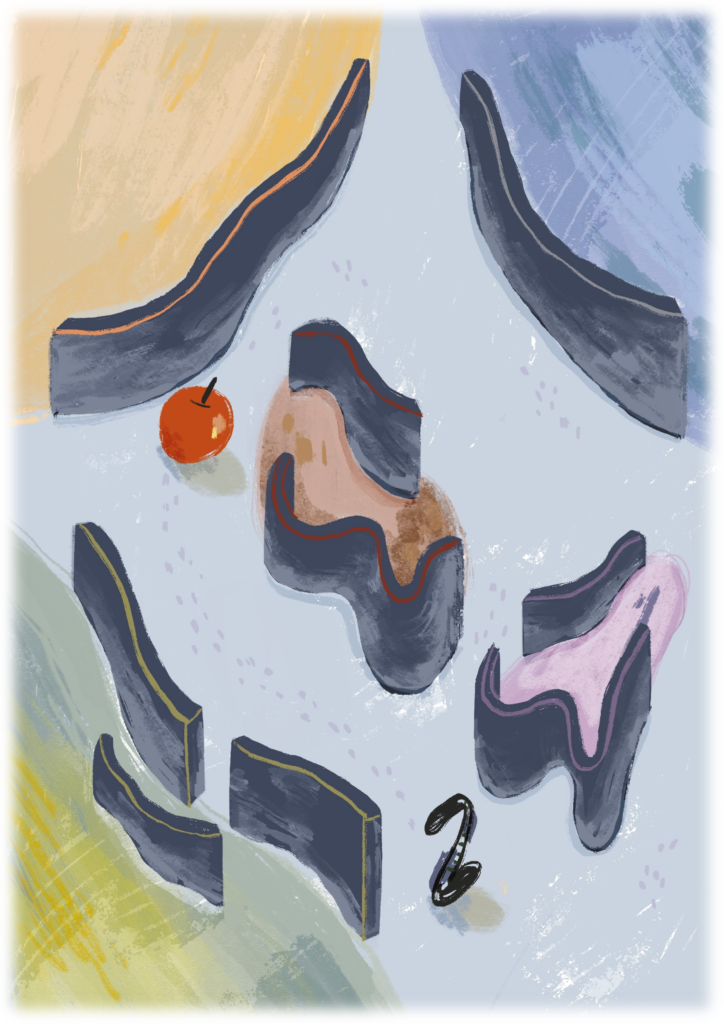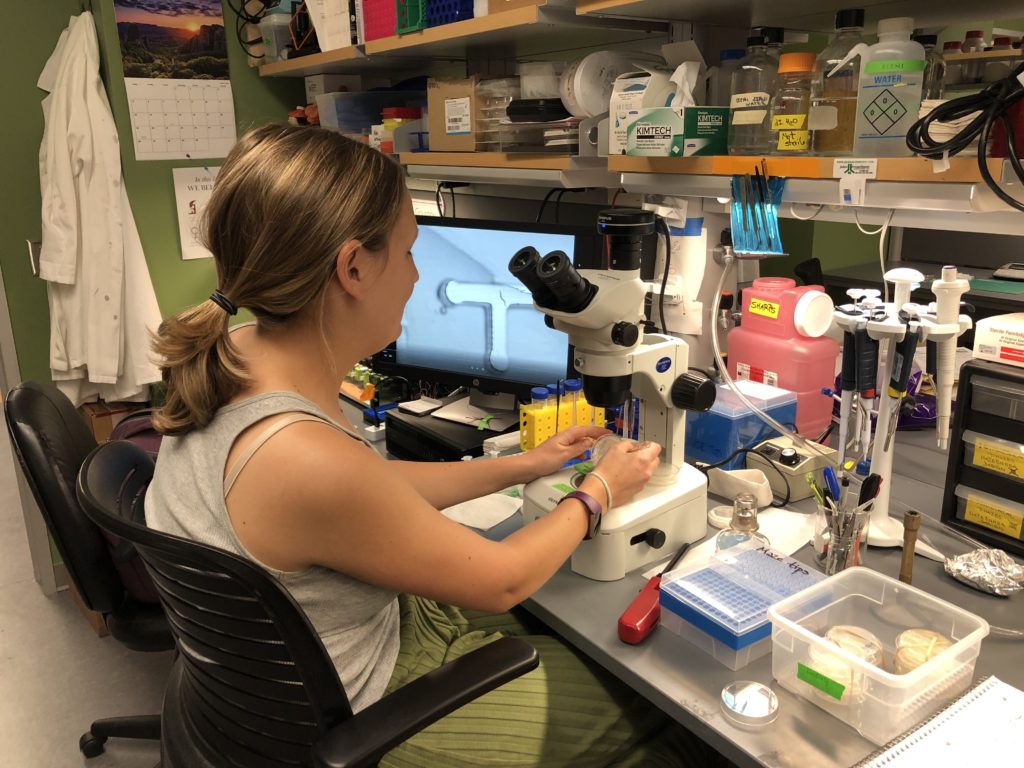
In a recent commentary, published in the European Journal of Neuroscience (EJN, May 2022), research conducted by the Gourgou group at the University of Michigan was cited as being of “primal importance not only for C. elegans [the nematode used in the group’s experiments] but for a large family of simple organisms.”
Headed by Eleni Gourgou, an Associate Research Scientist in Mechanical Engineering, the Gourgou group demonstrated the abilities of C. elegans (a free-living, eyeless, transparent nematode, about 1mm in length) to traverse a simple T-maze and to remember a specific location by relying on its touch sense and on the sense of its body actions.

“The experiment had a single training trial in which a worm was placed in the maze with a patch of food either on the left or the right branch. Worms that successfully reached the food were transferred to a clean T-maze, without food or any other chemical cue, and more than 70% of them chose the correct branch. Following the same protocol without food in the training trial led to a 50:50 choice in the test trial, which shows that the result involves food-mediated learning.”
The Gourgou group’s experiments provided insight into (and evidence supporting the existence of) C. elegans’s capacity to remember where food was, despite its nervous system consisting of only 302 neurons (mammalian brains have in the way of billions). Though this memory was short-lived (less than five minutes), the Gourgou group’s research contributes to mounting evidence that simple organisms exhibit complex cognitive-like phenomena, like memory and decision making. The commentary published in EJN also identifies theoretical work done by Dr. Gourgou and her mathematician collaborators as “invaluable” to the study of orientation, spatial navigation, and spatial learning.
When asked for her vision for her group’s research, going forward, Dr. Gourgou said, “We’re looking to shed light on the evolutionary origin of spatial learning, as C. elegans is now maybe the simplest organism known to be able to navigate a maze (even if it is just a simple T-shaped one!). One of our long-term goals is to untangle the mechanism of 3D-navigation and learning, an endeavor that requires the synergy of experimental neurobiology, mathematical modeling, and customized 3D-printing technology. In addition, we’re exploring interventions that protect animals against aging-related cognitive decline, and C. elegans maze learning is a great model system for that purpose.”
A recent ME News Article, published May 2022, acknowledged the applicability of Dr. Gourgou’s research to the study of more complex animals, even humans. “When we pose a question, sometimes it helps to start with a smaller system, rely on that experimental answer, and then apply that to mammals and humans,” Gourgou was quoted.

An astonishing characteristic of these kinds of neurobiological experiments is that they show just how similar organisms are, be they 1mm roundworms or 6ft tall humans. The scientific community knows that these simple creatures hold important insights into our more complex nervous systems, like how our memories fade as we age or how we memorize the movements of our morning commutes. Dr. Gourgou added that she and her collaborators “aspire that [their] findings will contribute to understanding learning and its aging-driven decline and [to] suggest translatable interventions that protect humans against it.”
When asked how she feels about this recent recognition in the European Journal of Neuroscience, Dr. Gourgou said, “It is very rewarding to see that our work is appreciated and, most importantly, sparks a productive discussion within the scientific community. It fuels our enthusiasm even more, as we work to map the neuronal circuit that steers this behavior, one neuron at a time.”
Some quoted/unquoted material in this article originates in Alid Al-Asmar and Alfonso Pérez-Escudero’s commentary, published in the European Journal of Neuroscience (May 2020), titled “How many neurons does it take to tell left from right?”
